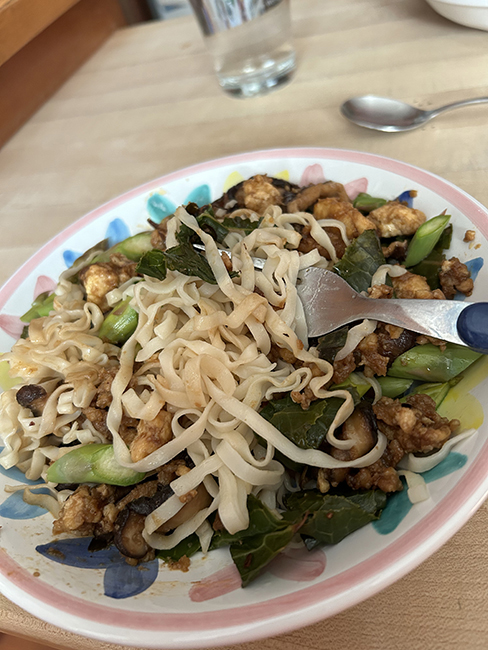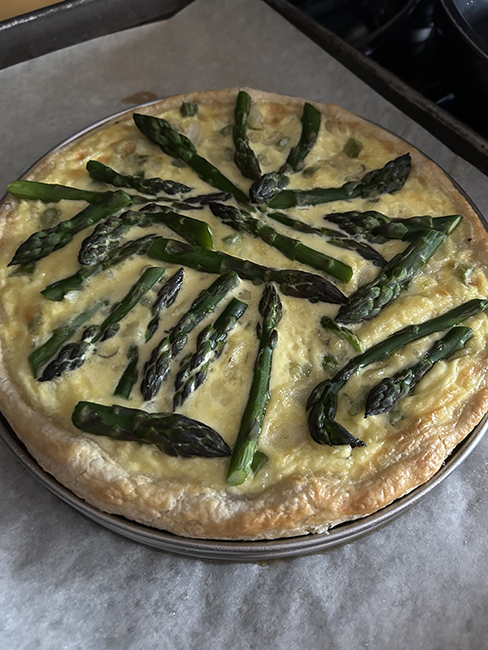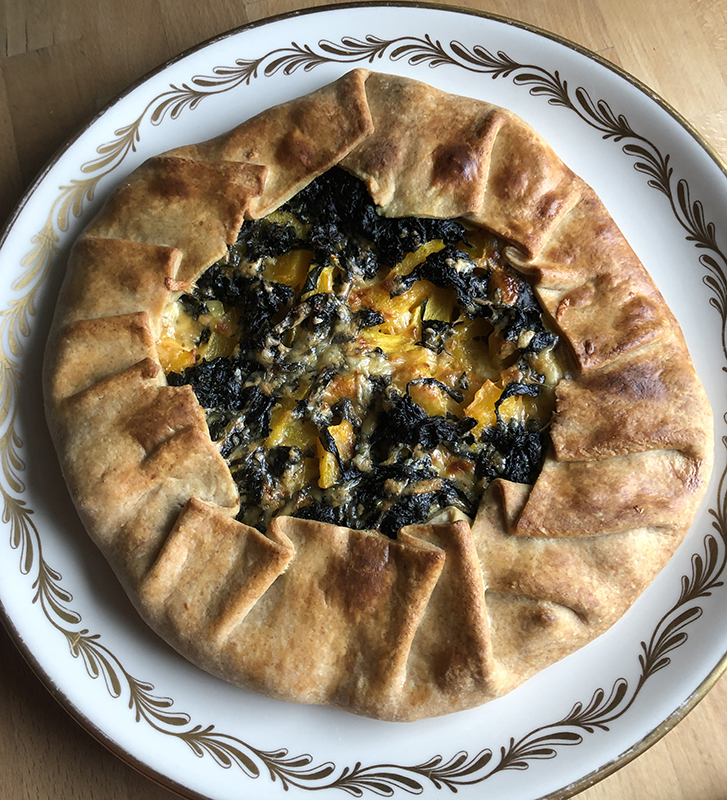
Fresh fennel and sausage are a natural together – the seasoning for Italian sausage typically includes fennel seed. You could make this pasta vegetarian by simply omitting the meat – start by cooking the onions, garlic, and fennel in olive oil, and then add the tomatoes. I’ve used canned tomatoes here but when fresh tomatoes are available, 2 cups of fresh tomatoes, peeled and chopped, would be even better than canned!
Serves: 4-6
Takes: about 45 minutes
Sauce Ingredients:
1/2 pound pork or turkey sausage, removed from casings if links
1 tablespoon olive oil
1 cup chopped onion
2-4 cloves garlic
salt and freshly ground pepper to taste
optional (depending on how spicy your sausage is) 1 teaspoon fennel seeds, a few shakes of red pepper flakes
1/2 cup white wine
2 cups thinly sliced fennel bulb
1 14 oz can diced tomatoes
2-4 tablespoons tomato paste, dissolved in about 1/3 cup water
Gremolata:
1/4-1/3 cup fennel fronds, finely minced
zest of one large lemon
1 small garlic clove (half of a larger clove)
pinch of salt
Pasta:
1/2 pound pasta, short shapes such as orecchiette, penne, or bow ties recommended
1/3 cup Parmesan cheese, plus more for passing
- Brown the sausage in a wide deep skillet with a lid, crumbling it with a wooden spoon. If you are using turkey sausage, add the olive oil to the pan first! When there’s almost no pink left and the sausage is starting to brown, if using pork, drizzle in the olive oil (omit this step if your sausage has given off a lot of fat already) and add the onion, garlic, salt and pepper, and optional fennel seed and red pepper. Add the wine and let it boil off. Reduce the heat and cook gently while you slice the fennel.
- Separate the stalks and fronds from the fennel bulb. Slice off the bottom of the bulb, remove any damaged leaves, and rinse. Cut the bulb in half and optionally remove the core – the core is entirely edible, but will take longer to tenderize than the rest. Slice the bulb halves lengthwise into slices as thin as you can get them. If you leave the core in you will have bigger slices of fennel held together by the core. Add the fennel to the pan with the sausage and onion, stir, and cover. Cook for about 15 minutes over low heat, checking the fennel for tenderness with a fork.
- When the fennel is tender, uncover and add the tomatoes. Put the water into the empty can and stir in the tomato paste. Add to the sauce, rinsing the can with a little more water. Bring to a simmer and cook for about 15 minutes, until the tomatoes are starting to break down and the sauce is thickened.
- Make the gemolata: placed the minced fennel frond in a small bowl. If you have a microplane grater, set it on top of the bowl and grate in the lemon zest and garlic. If you don’t have a microplane grater, peel off the lemon zest with a peeler and dice finely, and either mince or put the garlic through a press. Add a pinch of salt and mix – taste to make sure none of the flavors is overpowering the others.
- Cook the pasta in a large pot of salted water. Drain and add sauce – you might not use it all. Top with gremolata and Paremesan cheese and serve right away with baguette slices and more Parmesan.
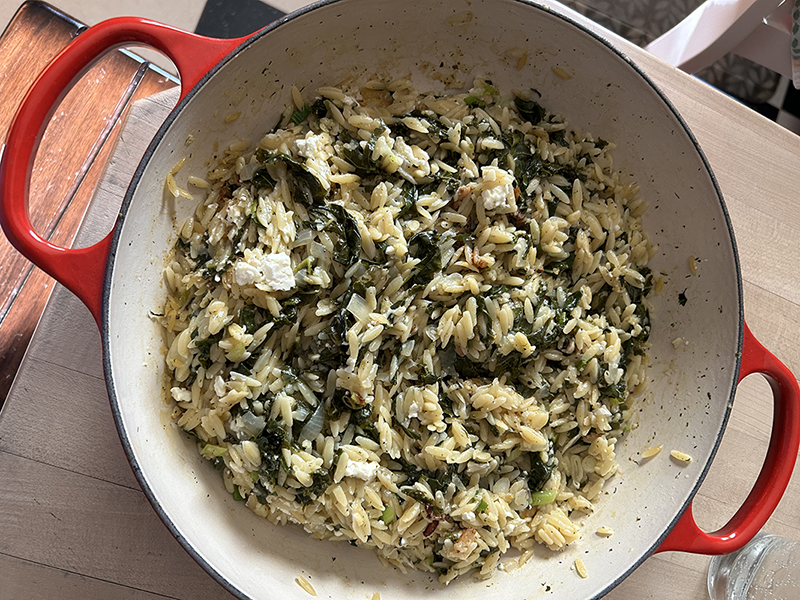

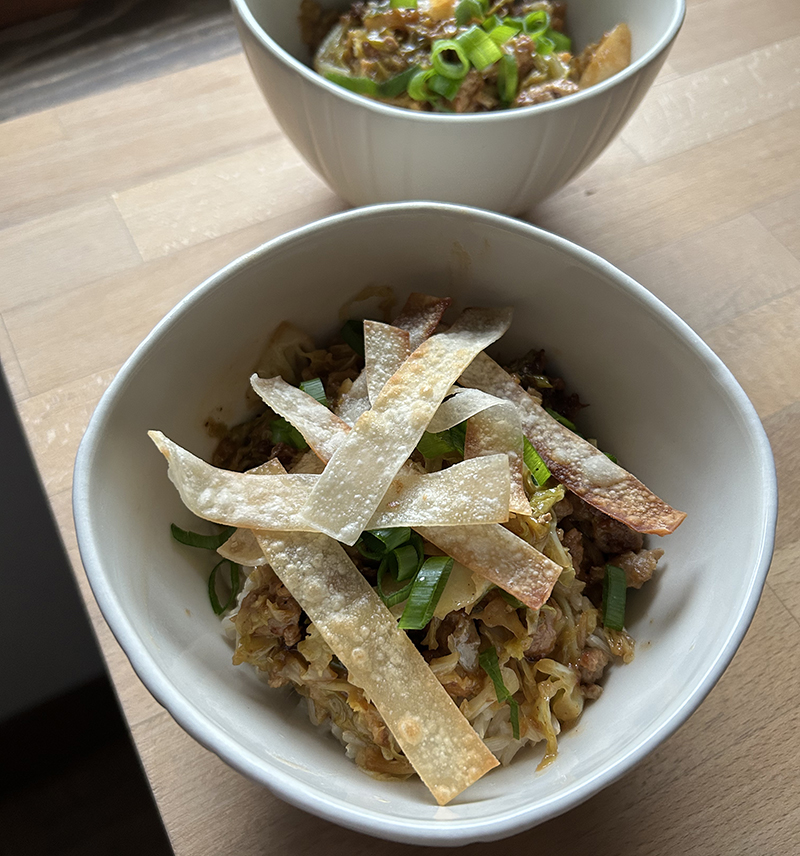
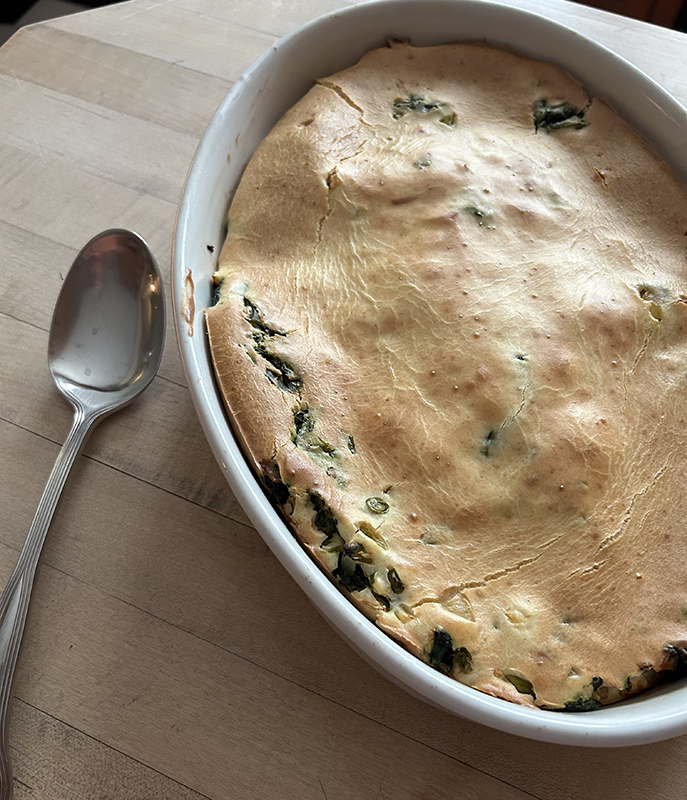 This recipe is based on a Mark Bittman recipe called Kale or Chard Pie, from his book
This recipe is based on a Mark Bittman recipe called Kale or Chard Pie, from his book 